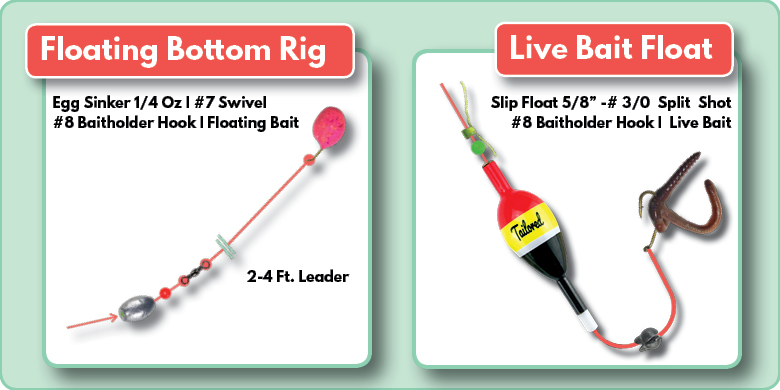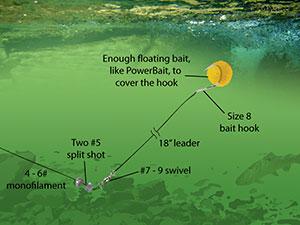Trout fishing in a pond can be an exciting and rewarding experience for anglers of all skill levels. Whether you are a beginner or a seasoned fisherman, catching trout in a pond requires a combination of technique, patience, and knowledge of the fish’s behavior. In this comprehensive guide, we will explore the best tips and strategies to help you improve your chances of catching trout in a pond.
Understanding Trout Behavior
Trout are known for their cautious and selective feeding habits, making them a challenging yet rewarding catch for anglers. When fishing for trout in a pond, it is essential to understand their behavior and habitat preferences. Trout are typically found in cool, oxygen-rich waters with plenty of cover, such as rocks, logs, and vegetation. They are also known to be opportunistic feeders, meaning they will often feed on insects, small fish, and other aquatic organisms.
Best Time To Fish For Trout
The best time to fish for trout in a pond is typically during the early morning or late evening when the water temperature is cooler, and the fish are more active. Trout are known to be more active during low light conditions, making these times ideal for fishing. Additionally, fishing during the spring and fall seasons when the water temperature is moderate can also increase your chances of catching trout.

Credit: tailoredtackle.com
Choosing the Right Equipment
When fishing for trout in a pond, it is essential to choose the right equipment to improve your chances of success. A light to medium-action spinning rod and reel combo with 4-8 pound test line is ideal for trout fishing in ponds. In terms of bait, trout are known to be attracted to a variety of baits, including live bait such as worms, minnows, and insects, as well as artificial baits such as spinners, spoons, and flies.
Best Baits And Lures For Trout Fishing
When fishing for trout in a pond, it is essential to use baits and lures that mimic the natural food sources of the fish. Some of the best baits and lures for trout fishing in ponds include:
- Live worms: One of the most effective baits for trout fishing, live worms can be fished on a hook with a split shot sinker or on a bobber.
- Minnows: Small minnows can be used as live bait to attract hungry trout in ponds.
- Insects: Trout are known to feed on insects such as grasshoppers, crickets, and ants. Using artificial insect lures can be highly effective.
- Spinners: Mepps and Panther Martin spinners are popular choices for trout fishing in ponds due to their enticing spinning action.
- Flies: Fly fishing for trout in ponds can be highly rewarding. Dry flies, nymphs, and streamers are all effective choices.

Credit: myodfw.com
Techniques for Catching Trout in a Pond
When fishing for trout in a pond, it is essential to use the right techniques to attract and catch the fish. Some effective techniques for catching trout in ponds include:
- Still Fishing: Still fishing involves casting your bait or lure into a specific spot and allowing it to sit without any movement. This technique can be effective for targeting trout in ponds.
- Retrieve and Pause: When using lures such as spinners or spoons, an effective technique is to retrieve the lure and then pause intermittently to mimic injured prey, enticing the trout to strike.
- Float Fishing: Float fishing involves using a bobber or float to suspend your bait at a specific depth in the water. This technique can be effective for targeting trout at different water depths.
- Bottom Fishing: Fishing on the bottom of the pond with bait such as worms or minnows can also be effective for catching trout, especially when they are feeding near the bottom.
Patience and persistence are key when fishing for trout in a pond. Trout can be selective and cautious feeders, so it is essential to remain patient and persistent when trying to catch them. Be prepared to try different baits, lures, and techniques until you find what works best for the fish in the pond you are fishing.
Conclusion
Fishing for trout in a pond can be a challenging yet rewarding experience for anglers. By understanding trout behavior, choosing the right equipment, using the best baits and lures, and employing effective fishing techniques, you can improve your chances of catching trout in a pond. Remember to be patient, persistent, and adaptable in your approach to maximize your chances of success. So, next time you head out to fish for trout in a pond, use the tips and strategies outlined in this guide to enhance your fishing experience and increase your chances of landing that prized trout!





